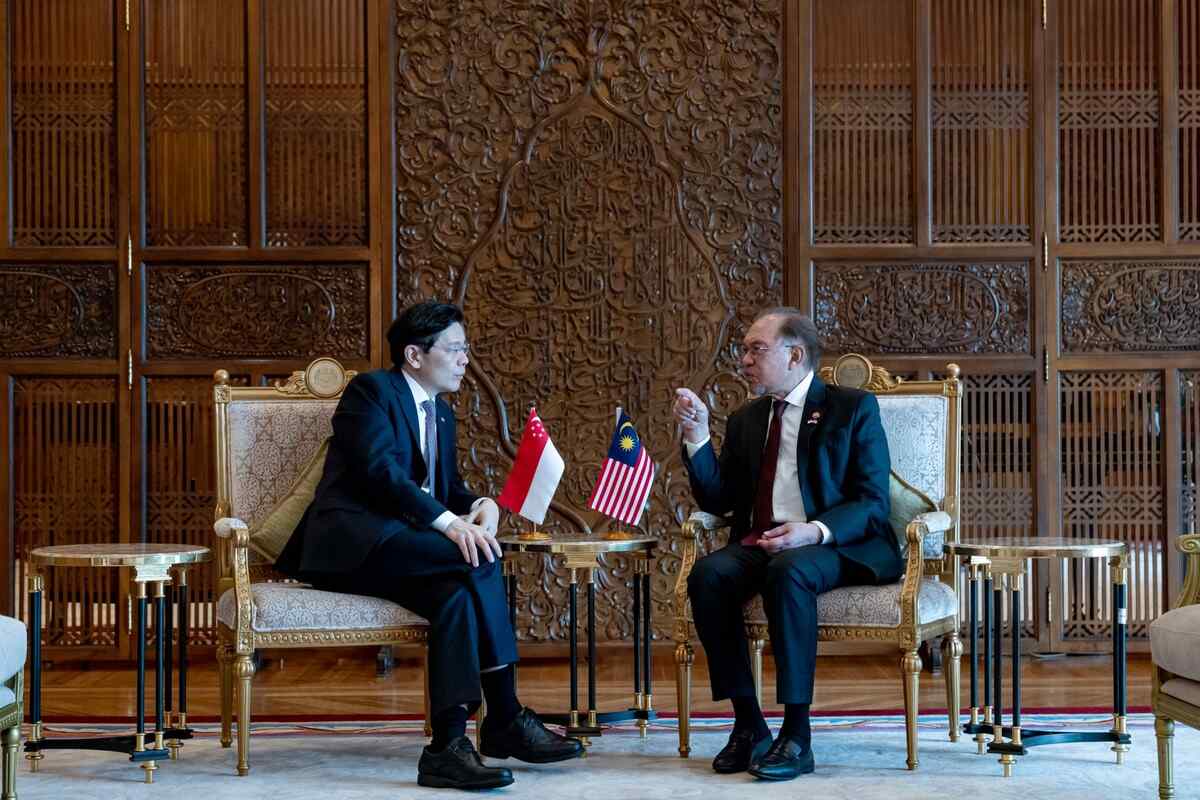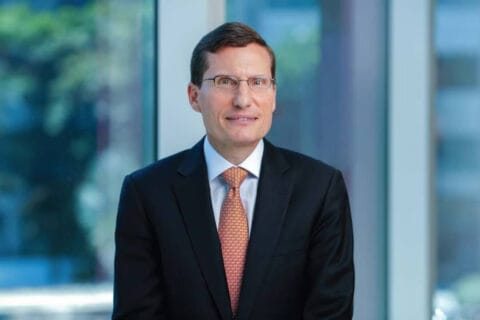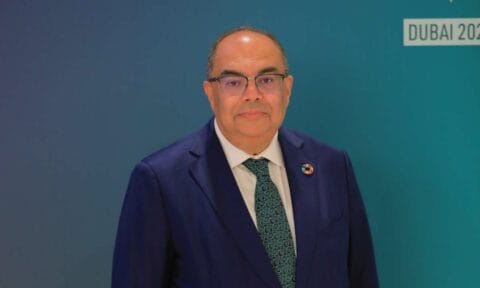Malaysia and Singapore have revealed plans for a special economic zone (SEZ) in Johor, located in southern Malaysia, aimed at enhancing investment collaboration by attracting high-value investments in logistics and tourism.
This announcement emerged during the official visit of Singaporean Prime Minister Lawrence Wong and his delegation to Malaysia, coinciding with the annual leaders’ summit alongside Malaysian Prime Minister Anwar Ibrahim.
“It’s an important project; we can both be more competitive, enhance our value proposition, and jointly attract more investments to our shores,” Wong stated during a joint press conference with Anwar Ibrahim. In the negotiations for this agreement, both parties actively involved stakeholders to ensure that the SEZ is equipped with the necessary conditions to “help our businesses grow together for the longer term,” he added.
Investment goals and infrastructure support
Furthermore, Malaysia’s Economic Minister Rafizi Ramli informed reporters that both nations aim to draw high-value investments to Johor across various sectors, including manufacturing, logistics, tourism, and energy transition. They aspire to launch 50 projects within the economic zone in the first five years and to generate 20,000 skilled jobs, he noted. Malaysia plans to establish and manage an infrastructure fund to assist companies wishing to set up operations there, while Singapore will create its own fund to facilitate investments and support Singaporean businesses operating in Johor, Rafizi explained.
For his part, Ibrahim described the Johor-Singapore special economic zone as a “unique initiative” that leverages each nation’s strengths and deepens connections amid an increasingly polarized world. “Very rarely do you find two countries working together as a team,” he remarked at a joint news conference following the signing ceremony. “These two countries have a common strategy, to assist one another, to work and benefit from each other’s strengths… This is the new attitude we must adopt, moving beyond rivalry and unnecessary conflicts.”
Economic zone details and benefits
Located in Malaysia’s southernmost Johor state, the zone will provide tax incentives and encompass several flagship areas across diverse sectors, including manufacturing, aerospace, tourism, energy, and healthcare. Officials aim to attract 50 projects in the economic zone within the initial five years, resulting in the creation of 20,000 skilled jobs. This initiative is particularly beneficial for Singapore, a global financial center with limited natural resources and land.
Read more: OECD forecasts Malaysia’s GDP growth at 4.9 percent for 2024, 4.7 percent for 2025
Strengthening regional integration
Singapore Prime Minister Lawrence Wong emphasized that the robust connections between the two nations serve as a vital foundation for an integrated region. Malaysia currently holds the chairmanship of the 10-member Association of Southeast Asian Nations (ASEAN) this year.
“Regarding ASEAN, we are discussing not just increased trade and investment links, but also infrastructure connections, such as the ASEAN power grid. These are all commendable projects that Singapore will support, and we hope that under Malaysia’s leadership, we can achieve significant progress,” Wong stated.
“The greater competition we face is not among ourselves within ASEAN; it comes from outside the region… Therefore, ASEAN must unite, exploring ways to enhance our value proposition and compete collectively,” he added.
The bilateral trade volume between Malaysia and Singapore reached $78.59 billion in 2024, underscoring the significance of their economic partnership. This initiative, KUNA reported, aligns with the 60th anniversary of their diplomatic relations, reinforcing long-term cooperation between Malaysia and Singapore.




